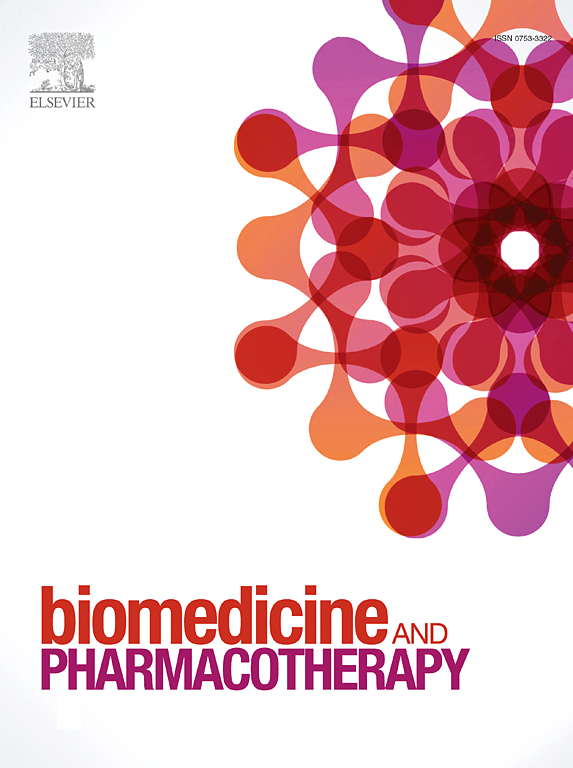Bidirectional modulation of extracellular vesicle-autophagy axis in acute lung injury: Molecular mechanisms and therapeutic implications
IF 6.9
2区 医学
Q1 MEDICINE, RESEARCH & EXPERIMENTAL
引用次数: 0
Abstract
Acute lung injury (ALI), a multifactorial pathological condition, manifests through heightened inflammatory responses, compromised lung epithelial-endothelial barrier function, and oxidative stress, potentially culminating in respiratory failure and mortality. This study explores the intricate interplay between two crucial cellular mechanisms—extracellular vesicles (EVs) and autophagy—in the context of ALI pathogenesis and potential therapeutic interventions.EVs, bioactive membrane-bound structures secreted by cells, serve as versatile carriers of molecular cargo, facilitating intercellular communication and significantly influencing disease progression. Concurrently, autophagy, an essential intracellular degradation process, maintains cellular homeostasis and has emerged as a promising therapeutic target in ALI and acute respiratory distress syndrome.Our research unveils a fascinating "EV-Autophagy dual-drive pathway," characterized by reciprocal regulation between these two processes. EVs modulate autophagy activation and inhibition, while autophagy influences EV production, creating a dynamic feedback loop. This study posits that precise manipulation of this pathway could revolutionize ALI treatment strategies.By elucidating the mechanisms underlying this cellular crosstalk, we open new avenues for targeted therapies. The potential for engineered EVs to fine-tune autophagy in ALI treatment is explored, alongside innovative concepts such as EV-based vaccines for ALI prevention and management. This research not only deepens our understanding of ALI pathophysiology but also paves the way for novel, more effective therapeutic approaches in critical care medicine.
急性肺损伤中细胞外囊泡-自噬轴的双向调节:分子机制和治疗意义
急性肺损伤(ALI)是一种多因素病理状态,表现为炎症反应加剧、肺上皮-内皮屏障功能受损和氧化应激,最终可能导致呼吸衰竭和死亡。EVs是细胞分泌的具有生物活性的膜结合结构,是分子货物的多功能载体,可促进细胞间的交流并显著影响疾病的进展。同时,自噬是一种重要的细胞内降解过程,它能维持细胞的稳态,并已成为 ALI 和急性呼吸窘迫综合征的一个有前景的治疗靶点。我们的研究揭示了一种迷人的 "EV-自噬双驱动途径",其特点是这两个过程之间的相互调控。EV调节自噬的激活和抑制,而自噬影响EV的产生,从而形成一个动态反馈回路。本研究认为,对这一通路的精确操作可能会彻底改变 ALI 的治疗策略。通过阐明这种细胞串扰的内在机制,我们为靶向治疗开辟了新的途径。本研究探讨了工程EV在ALI治疗中微调自噬的潜力,以及基于EV的ALI预防和管理疫苗等创新概念。这项研究不仅加深了我们对 ALI 病理生理学的理解,还为重症监护医学中更有效的新型治疗方法铺平了道路。
本文章由计算机程序翻译,如有差异,请以英文原文为准。
求助全文
约1分钟内获得全文
求助全文
来源期刊
CiteScore
11.90
自引率
2.70%
发文量
1621
审稿时长
48 days
期刊介绍:
Biomedicine & Pharmacotherapy stands as a multidisciplinary journal, presenting a spectrum of original research reports, reviews, and communications in the realms of clinical and basic medicine, as well as pharmacology. The journal spans various fields, including Cancer, Nutriceutics, Neurodegenerative, Cardiac, and Infectious Diseases.

 求助内容:
求助内容: 应助结果提醒方式:
应助结果提醒方式:


